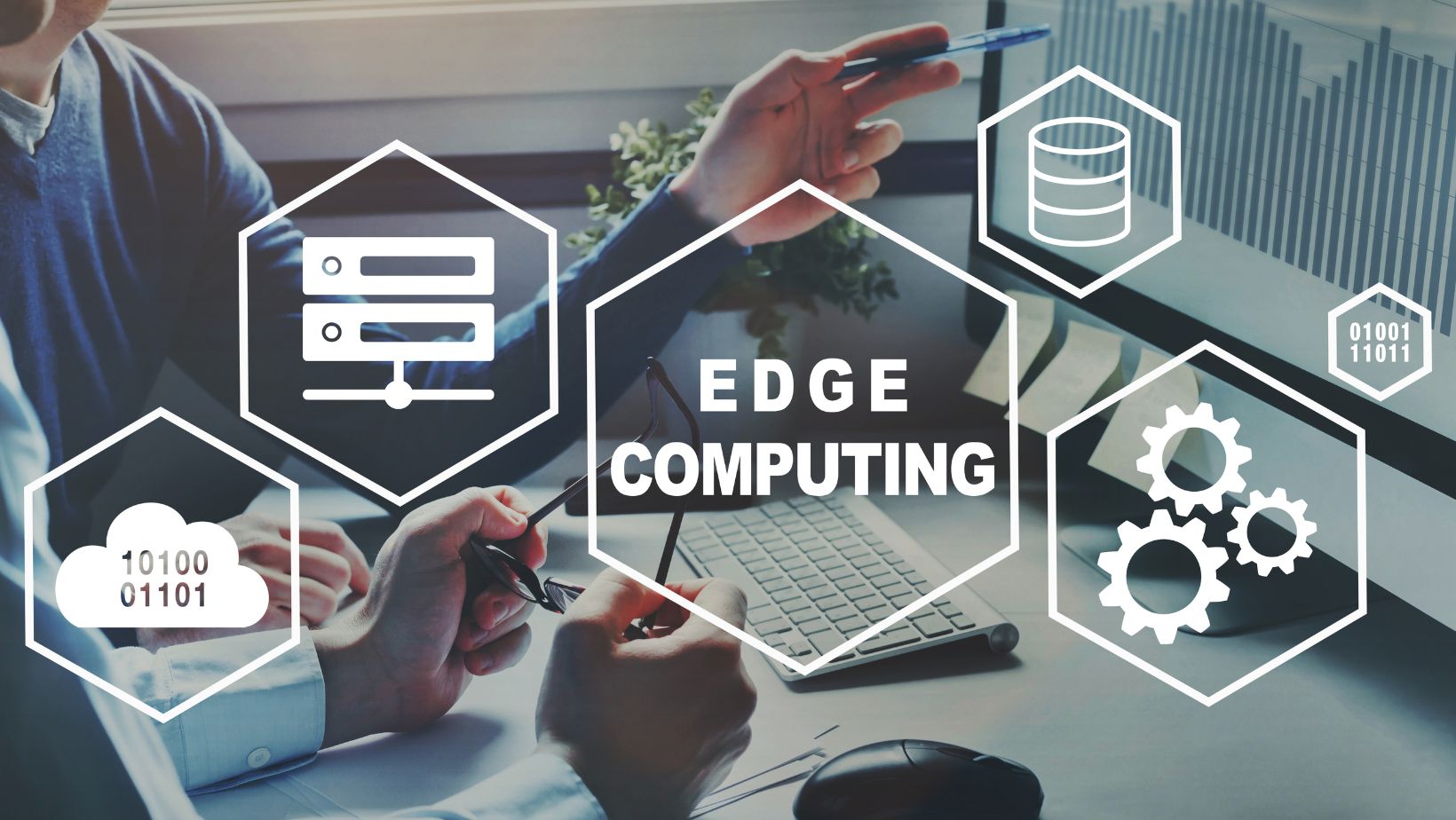Key Takeaways:
- 5G networks are more energy efficient than previous generations, using less power to transmit more data.
- Edge computing complements 5G by processing data closer to users, reducing energy use and latency while easing the strain on centralized data centers.
- Sustainable network deployment focuses on renewable energy, efficient hardware, and lifecycle-aware design to minimize both operational costs and carbon footprints.
- Smarter connectivity enables sustainability across sectors, showing that greener networks can drive broader environmental progress.
When we think of ecofriendly living, solar panels and reusable bags often come to mind. Yet quietly in the background, the very way we connect to the internet matters, too. That’s why this exploration of next generation connectivity is timely: As network demands surge, the way we build and run our infrastructure has a real bearing on sustainability.
Energy Efficiency Gains With 5G Technology
The advent of the fifth generation mobile standard, commonly known as 5G, is often talked about in terms of faster streaming and more devices. But there’s a growing conversation around its energy-saving potential. Compared to earlier generations, 5G networks are engineered to be more efficient, transmitting data faster while using less power. A 5G cell site, for instance, can consume just 15% of the energy required by a 4G cell site to transmit the same volume of data.
That level of efficiency not only improves performance, but also carries environmental implications. Industry estimates suggest that accelerating the global transition to 5G could help reduce up to 37 gigatons of carbon dioxide emissions by 2030. Much of this potential stems from features like dynamic power allocation, smarter modulation techniques, and network slicing — approaches that help the system deliver data only where and when it’s needed. This means fewer wasted watts when traffic is light and better responsiveness when traffic peaks.
The Role of Edge Computing in Reducing Energy Use
Complementing 5G, edge computing technologies position processing power closer to the end user. Instead of routing everything to a distant cloud, an “edge” server handles more tasks locally, which can help reduce backhaul traffic and cut latency. Among the benefits: By shortening the communication path, less energy is spent on data transport and cooling for massive centralized data centers. Of course, deploying edge infrastructure has its own footprint, so the net benefit depends on thoughtful design.
Green Deployment Practices for Networks
To build networks with a lower environmental impact, service providers and infrastructure planners are adopting practices such as using renewable energy at sites, selecting more efficient hardware, and employing intelligent cooling systems.
Designing for “green” means thinking about the full lifecycle of network components, from how they are manufactured, to how they are operated, and eventually how they are retired. The concept of a responsible network infrastructure services strategy becomes relevant here: ensuring that everything from installation to maintenance is as lean and efficient as possible helps keep both cost and carbon in check. By integrating low power modes, dynamic load balancing, and dormant state operations when traffic is minimal, networks aim to do more with less.
NetworkEnabled Sustainability Applications
Beyond efficiency improvements within the network itself, smarter connectivity enables applications that support sustainability in other sectors. For instance, advanced communications support smart grids and distributed power generation, allowing utilities to monitor and respond to loads in real time — sometimes leveraging 5G and edge frameworks.
Urban services such as traffic optimization, public safety sensors, building management systems, and connected environmental monitoring also draw on this connectivity. With better data and lower latency, cities can become more responsive, services more adaptive, and waste of resources (such as idle vehicles or overlit streets) can be reduced.
Future Prospects for Greener Networks
As both demand for connectivity and focus on sustainability continue to rise, the opportunities for greener networks grow. Rather than merely expanding capacity, future network planning will likely emphasize flexibility, adaptive operations, and lifecycle efficiency. The merger of 5G, edge computing, and intelligent deployment practices suggests a path where connectivity helps rather than hinders environmental goals. The challenge remains ensuring that the rollout of dense infrastructure does not undermine energy savings and that benefits are measured across the system.
By keeping an eye not only on what our networks deliver, but also on how they deliver it, environmentally conscious consumers and green investors can start to include connectivity infrastructure in their assessment of sustainability. The networks behind our smart homes, our electric grids, and our city services matter as much as the devices we use on them.





